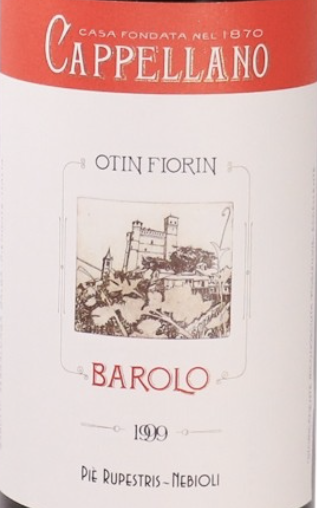1999 Barolo Nebbiolo
The 1999 Cappellano Otin Fiorin is a stunning expression of Barolo, crafted from the esteemed Nebbiolo grape. This captivating red wine showcases a medium-bodied profile, perfectly balancing its vibrant acidity with a complexity that evolves in the glass. The fruit intensity is prominent, presenting allure with notes of ripe cherry, dark plum, and subtle hints of dried herbs and floral undertones, captivating the senses. Its tannins are notable yet refined, providing a structured backbone that promises further development with age. This wine is dry, making it a delightful accompaniment to rich dishes or an excellent choice for contemplative sipping on its own. Overall, the Cappellano Otin Fiorin embodies the quintessential characteristics of Barolo, a true testament to the winemaking heritage of the region.
The 1999 Cappellano Otin Fiorin is a stunning expression of Barolo, crafted from the esteemed Nebbiolo grape. This captivating red wine showcases a medium-bodied profile, perfectly balancing its vibrant acidity with a complexity that evolves in the glass. The fruit intensity is prominent, presenting allure with notes of ripe cherry, dark plum, and subtle hints of dried herbs and floral undertones, captivating the senses. Its tannins are notable yet refined, providing a structured backbone that promises further development with age. This wine is dry, making it a delightful accompaniment to rich dishes or an excellent choice for contemplative sipping on its own. Overall, the Cappellano Otin Fiorin embodies the quintessential characteristics of Barolo, a true testament to the winemaking heritage of the region.




